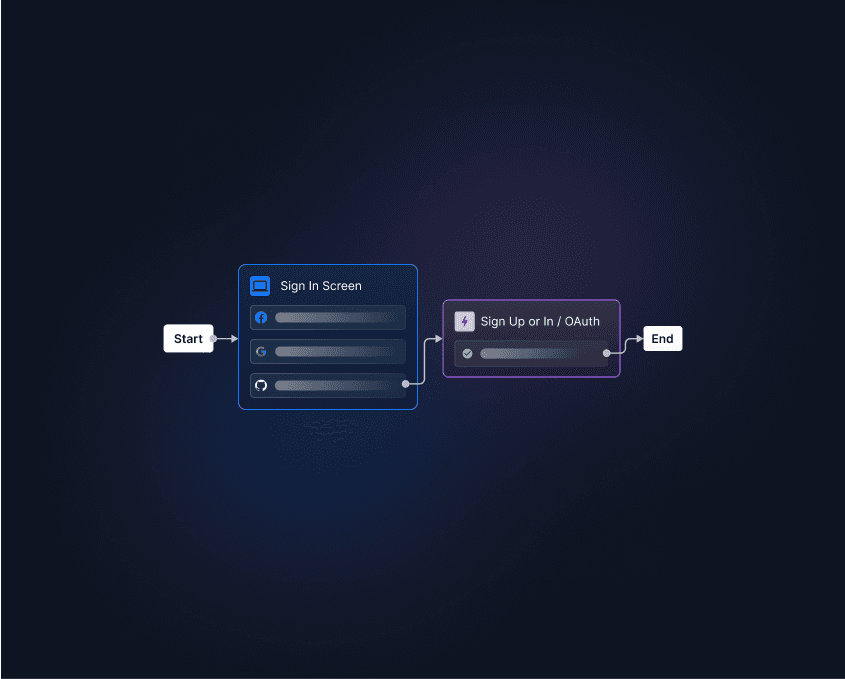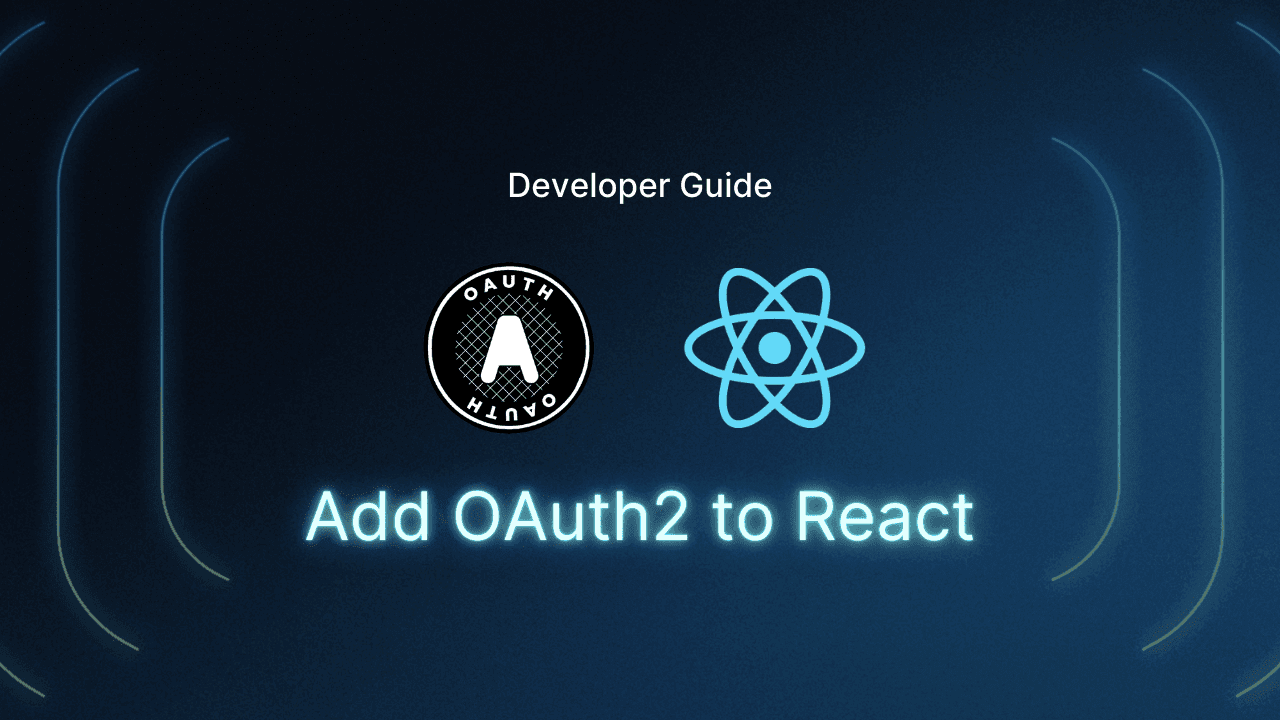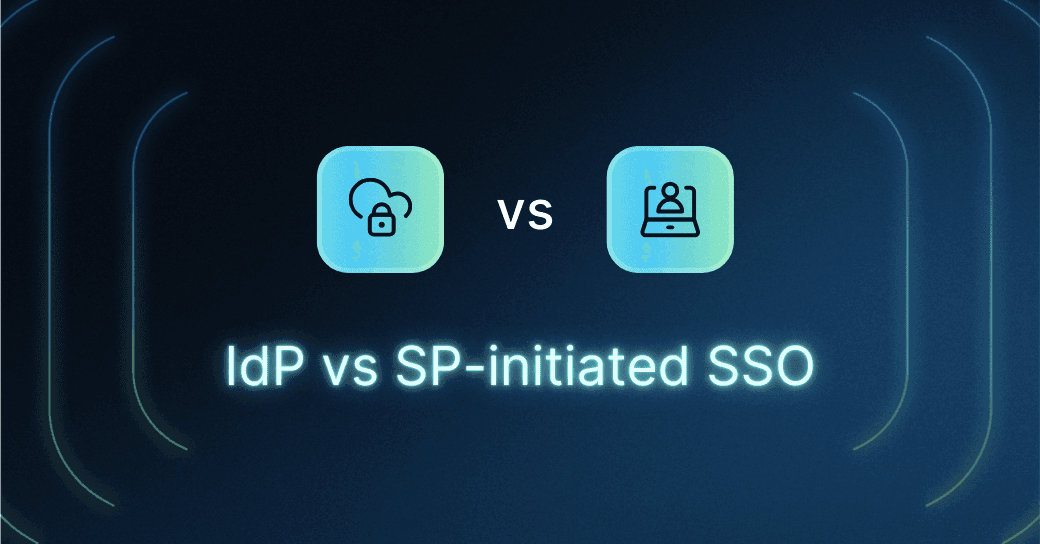Table of Contents
What is OpenID Connect?
Developers looking to streamline logins or identity and access management (IAM) in their apps have many mechanisms available to them. Two common approaches are OpenID Connect and Open Authorization, which are protocols and standards that work together in similar, complementary ways.
OpenID and OAuth provide authentication and authorization, respectively. While OAuth offers a foundation of authorization, it doesn’t concern itself with authentication at all. OpenID picks up where OAuth leaves off, adding authentication functionalities to your application.
Below, we’ll walk through definitions for both protocols and provide a comparative breakdown to help you decide which standard is best suited for your app.
What is OpenID Connect?
OpenID Connect (OIDC) is an authentication protocol i.e. an identity layer built upon OAuth 2.0. It allows Relying Parties (RP) such as apps and websites to identify if a user is, in fact, who they claim to be. It does this by prompting a login from a separate, trusted platform. That second platform is an OIDC Provider or Identity Provider that authenticates the user’s identity through a proprietary method that meets industry standards.
Common examples of OIDC Providers include:
Social media platforms like Facebook or Twitter
Trusted tech companies like Microsoft and Apple
Individual service providers
Upon confirmation of the user’s identity, the OIDC Provider generates an ID token for the RP to use, without disclosing the user’s credentials to the RP. This allows for seamless authentication for the end user, who doesn’t have to create and memorize any additional credentials.
An added benefit of OIDC is that it makes single sign-on (SSO) possible. It’s also useful in authentication for single-page applications (SPA), which accentuates their already-strong UX.
What is OAuth?
Open Authorization (OAuth) is a method for authorizing access between apps. It enables a secondary application to access and perform certain functions within your own app. By generating access tokens from the secondary app or website, it offloads the work of authentication and simply grants access.
The way OAuth works is similar to OIDC at a surface level. It allows for communication between two apps or websites. Where it differs from OIDC is in its lack of authentication of the user.
Another key distinction to understand is between OAuth 1.0 and OAuth 2.0:
OAuth 1.0: Originally released in 2007, OAuth 1.0 was limited to web applications and placed a substantial coding burden on clients (i.e., the apps implementing it). They had to develop or deploy their own cryptographic protections to secure user information.
OAuth 2.0: This more robust protocol replaced 1.0 in 2012. It’s more flexible, offering utility across mobile, web, and other applications. Its codes are also easier to work with, and it uses HTTPS to encrypt user information, removing the burden of encryption from clients.
Secure OIDC implementations today run on OAuth 2.0. In many ways, the changes implemented in 2012 set the stage for authentication layers like OpenID to improve upon the OAuth standard.
Is OAuth 2.0 more secure?
OAuth 2.0 is more secure than its predecessor, OAuth 1.0. However, OIDC is more secure than simply implementing OAuth. This is because of the level of complexity that’s involved in OIDC protocols, contrasted with the relative simplicity of OAuth. OIDC has deeper and broader security features built into it than OAuth does, and it can be said to add a layer of security onto the OAuth foundation it’s built on.
For that same reason, however, any vulnerabilities impacting an app’s OAuth-based implementation can also impact the OIDC layer—since it relies on OAuth to function.
Read about nOAuth – an OAuth implementation flaw discovered by Descope – that could lead to full account takeover on multi-tenant Azure AD apps.
The differences between OpenID vs OAuth
Let’s take a look at the following table, which offers a basic breakdown of how OIDC and OAuth stack up against one another:
| OpenID Connect | OAuth |
|---|---|---|
Purpose | User authentication. Apps can use OIDC to add a layer of authentication to an existing OAuth implementation. | Access and authorization. Apps rely on OAuth to provide, control, and restrict access to other programs. |
Features | Authentication is infinitely flexible and scalable across many systems; users maintain control over their privacy. | Scopes provide control over what particular data apps can access, as well as which functions they can execute. |
Use Cases | Heightening security with authentication or making login seamless with SSO; federated authentication; streamlining authentication for SPAs. | Controlling access to your app by various other apps, programs, and platforms; creating a basis for OIDC. |
Example | Logging in to an application using a Google account | Allowing a third-party app to access your Facebook data |
Relationship | OpenID Connect is built on top of OAuth 2.0 | OpenID Connect extends OAuth 2.0 |
Token Types | ID Token, Access Token, Refresh Token | Access Token, Refresh Token |
Protocol Flow | Authentication flow for user identity | Authorization flow for resource access |
The bottom line is that these approaches have much in common. Unlike other protocol comparisons, like SAML vs OAuth, it’s less about choosing between two unique mechanisms and more about choosing between a less or more advanced version of one.
Is OpenID Connect better than OAuth2?
OpenID Connect (OIDC) and OAuth 2.0 serve different purposes and are designed to address different aspects of authentication and authorization. It's not accurate to say that one is inherently better than the other, as they have different scopes and functionalities.
“Descope” your OAuth and OIDC implementations with Descope
OAuth provides a foundation in authorization, allowing other apps to access yours. And OpenID builds upon that, adding the ability to authenticate user identities. Together, they make all elements of login and IAM much simpler and safer on the user side. Both OIDC and OAuth offer benefits in a wide variety of use cases, and many apps implement both of them.
But, despite the simplicity OAuth and OpenID create for end users, implementing either or both can be challenging on the developer side. With Descope, it doesn’t have to be.
Descope helps developers easily add OAuth social logins to their applications with a few lines of code. By setting up Descope as an OIDC Provider, developers can also add passwordless methods such as passkeys to their existing Auth0 and Amazon Cognito logins.

Sign up for Descope to seamlessly drag and drop OIDC and OAuth functions into your app and take advantage of what each has to offer.





